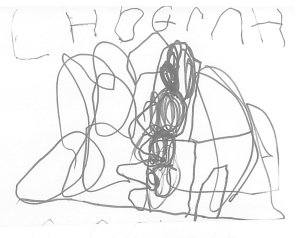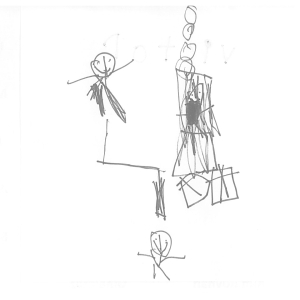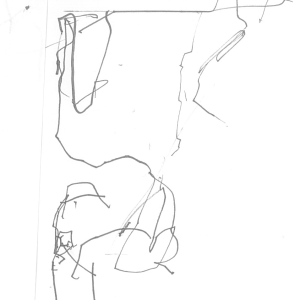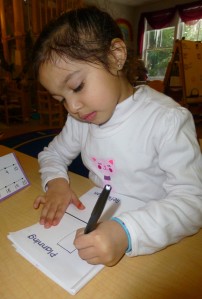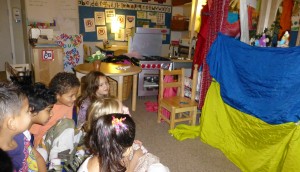One of our favorite pastimes in Pre-K is inventing something new with a box. This fall, we had a huge assortment of boxes at our disposal. Before we began designing, we read both Jane Yolen’s What to Do With a Box and Dana Meachen Rau’s A Box Can Be Many Things. We realized that there were so many possibilities, it would be hard to choose just one giant project. To help us narrow our focus, we closed up all of the boxes and pretended they were blocks, instead. After some preliminary “block building” with the pieces we had on hand, a few ideas came to the forefront.
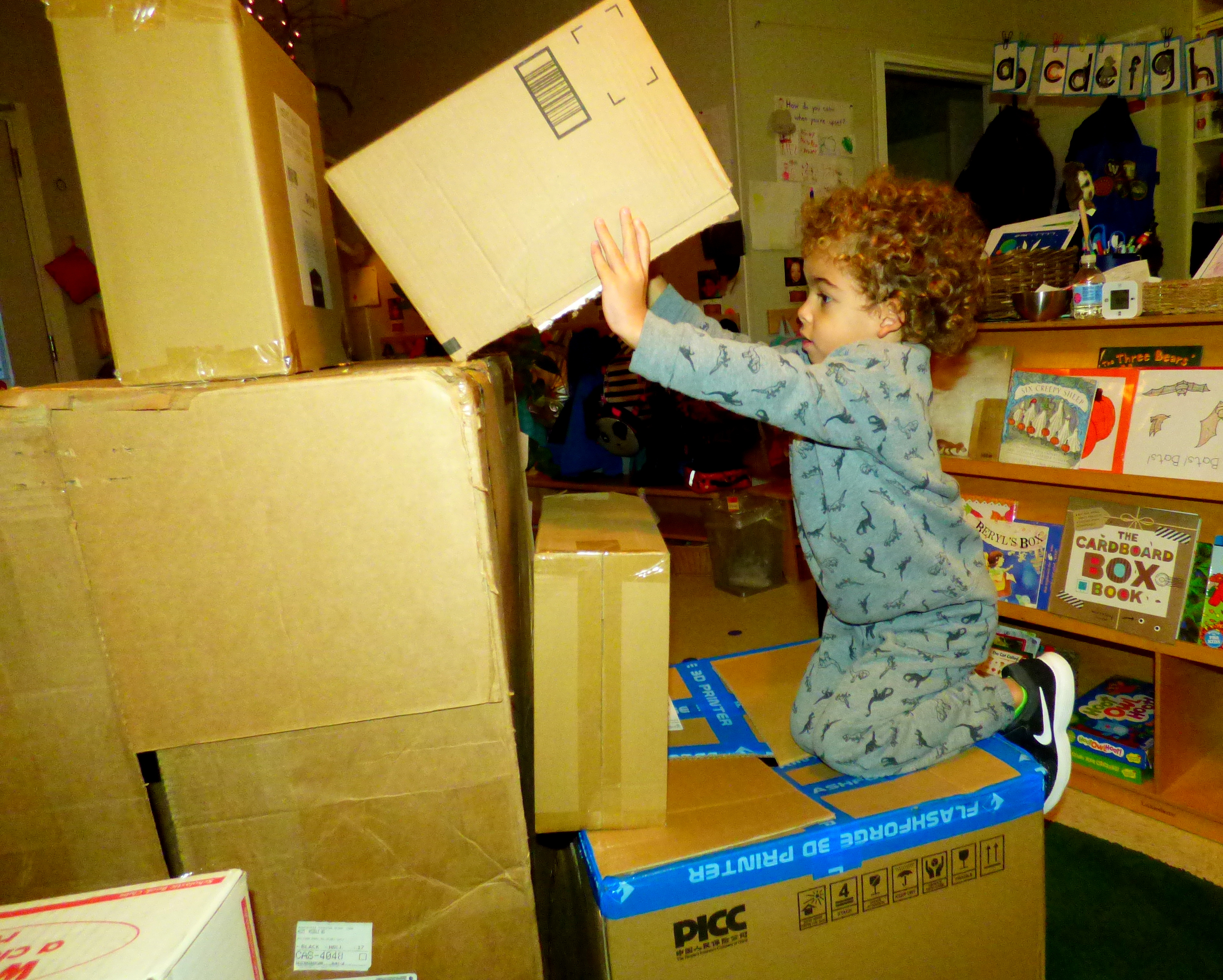
Options provided by the children included a boat, a rocket, a cat, and a castle. One morning, we all voted to find out which design we should choose. At ten votes, creating a castle was easily the most popular choice.
In the past, we’ve always depended upon duct tape for our box construction needs. This morning we began using some new child-friendly box tools. While the hand saws were fun to use, they were a bit difficult for our Pre-K hands to manipulate. However, I was quite impressed with the resilience of the many that returned to using the saws again and again. The screws and screwdrivers were much more comfortably applied. In fact, you might notice that many screws grace our castle as pure decoration.
When the final walls had been battened down, groups of children went off on their own to create accessories. So far we have a chair, a trash can, and two mailboxes. Signs and flags were also quickly posted on the structure.
It’s hard to believe this entire project was put together in one morning. I wonder what direction it will take tomorrow?


